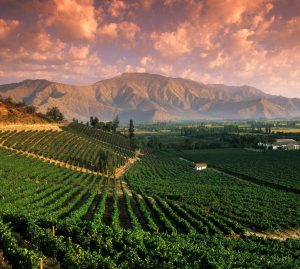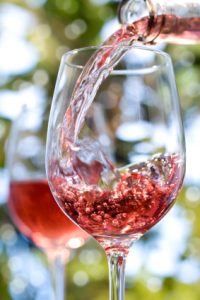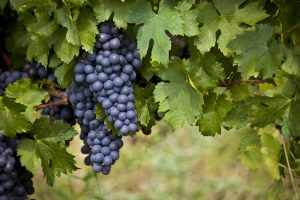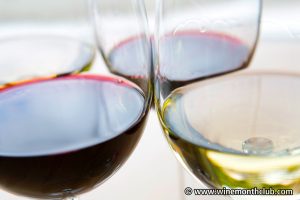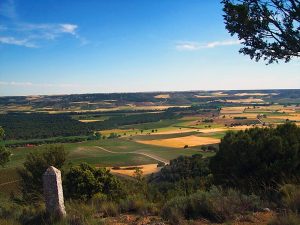 For years I found Malbec to be one of the most overrated red wines on the American market, not because Malbec makes inherently inferior wine (nothing could be further from the truth), but because for too long there were so few really good Malbecs on store shelves to choose from. With the exception of Catena, Alta Vista, Archaval-Ferrer and a few other producers, most Malbecs struck me as being no more than a one trick pony – one dimensional wines that provided a jolt but little else. Well, all that has changed. Today, there are many excellent Malbec wines to choose from and one need not have an expense account to enjoy delicious Malbec.
For years I found Malbec to be one of the most overrated red wines on the American market, not because Malbec makes inherently inferior wine (nothing could be further from the truth), but because for too long there were so few really good Malbecs on store shelves to choose from. With the exception of Catena, Alta Vista, Archaval-Ferrer and a few other producers, most Malbecs struck me as being no more than a one trick pony – one dimensional wines that provided a jolt but little else. Well, all that has changed. Today, there are many excellent Malbec wines to choose from and one need not have an expense account to enjoy delicious Malbec.
Although Argentina is the major purveyor of Malbec, Malbec (mahl-bec) is one of the original red wine grapes of Bordeaux, where it is also known as Cot or Pressac. While Malbec plays a largely supporting role today in Bordeaux, where it adds color and body to the region’s Merlot and Cabernet blends, it remains one of the six legal grape varieties permitted in red Bordeaux (along with Cabernet Sauvignon, Cabernet Franc, Merlot, Petit Verdot, and Carmenère). However, south of Bordeaux in the region of Cahors, Malbec still reigns supreme. It remains the chief grape in what historically has been called the “black wine” of Cahors.
Despite its deep French roots, Argentina has come to fore as the contemporary champion of Malbec, where the varietal reigns as the most important grape variety, both in terms of quality and quantity. The best Argentine Malbecs and Malbec blends offer considerable flavor and body at a relative young age, yet they remain age worthy wines capable of true distinction. They also make great summertime wines as any Argentine will attest. Born for the barbecue, what better red wine can one find for burgers, steaks, lamb, pork chops, barbecued-chicken and grilled vegetables than Malbec?
Although far from an exhaustive list, Graffito, Luca, Mendel, La Posta, and Casarena are consummate Malbec producers that consistently fashion excellent affordable Malbecs. One should also not overlook the top wines from France’s Cahors appellation where Château Armandière and other like-minded producers are making world-class Malbec. So why not fire up the grill, call friends over for a barbecue, and pour a glass of good Malbec?
Salud!
Don

